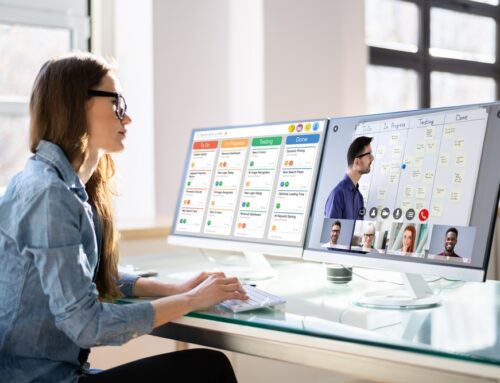It’s 2019 and extended support for Windows 7 is ending in a little over a month. Microsoft has been telling Windows 7 users to upgrade to Windows 10 for years now, but the number of enterprise and small business users who have ignored the recommendation is staggering.
According to the well-known cybersecurity company, Kaspersky, around 47% of small to medium-sized businesses were still running Windows 7 midway into 2019, while 38% of consumers and 38% of small office/home office PCs were still on Windows 7. More recent reports show that up to 37% of business PCs worldwide are still running the soon-to-be-obsolete OS.
Each one of those systems will be easy targets for hackers when Microsoft stops providing free security updates for Windows 7.
You might remember that Windows 7 was widely affected by WannaCry, the cyberattack that locked up around 300,000 PCs in 2017. Without patches, the list of Windows 7 vulnerabilities will only get larger over time.
>>> How to Prepare for Windows 7 End of Life
We recommend that the average PC user leave Windows 7 behind and upgrade to Windows 10. If it’s time for a new computer, it will come with Windows 10 installed (and you’ll know the hardware is capable of running it). Unfortunately, upgrading business machines can be a little more of a headache — especially if your business uses dozens of workstation PCs.
Microsoft will be offering contract-based “Extended Security Updates” if you’d like to take more time to upgrade — but they won’t be cheap. Expect to pay anywhere from $25 – $100 per device to keep your old installations of Windows 7 patched after January 2020. These stopgap updates will only be available to enterprise users with certain license agreements.





